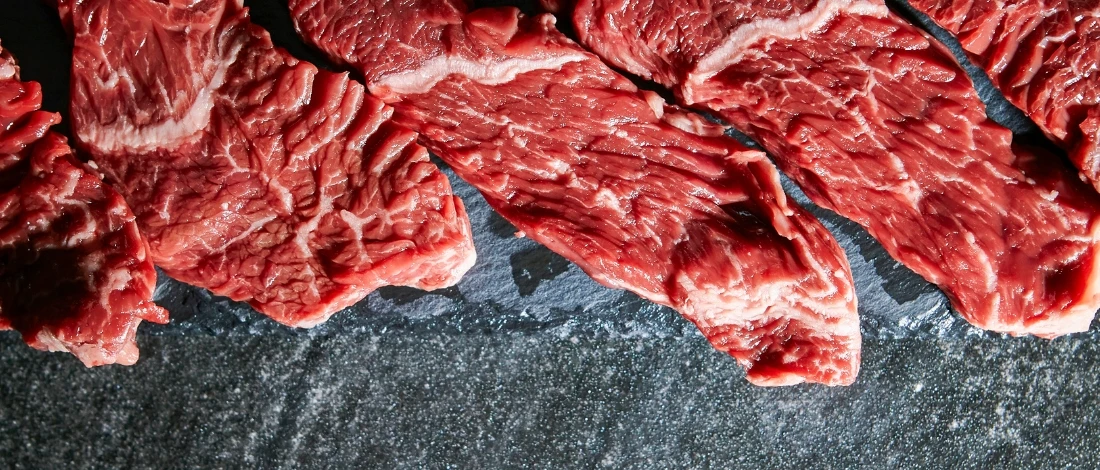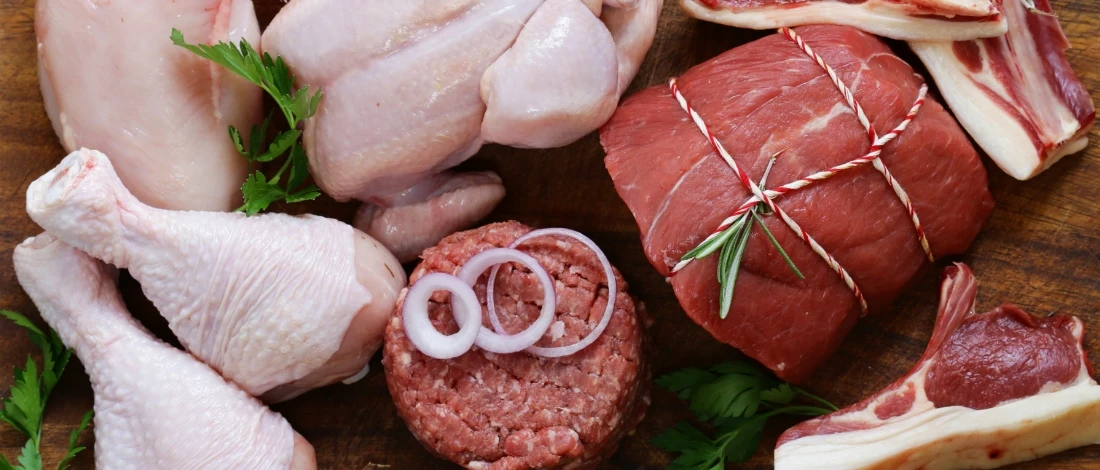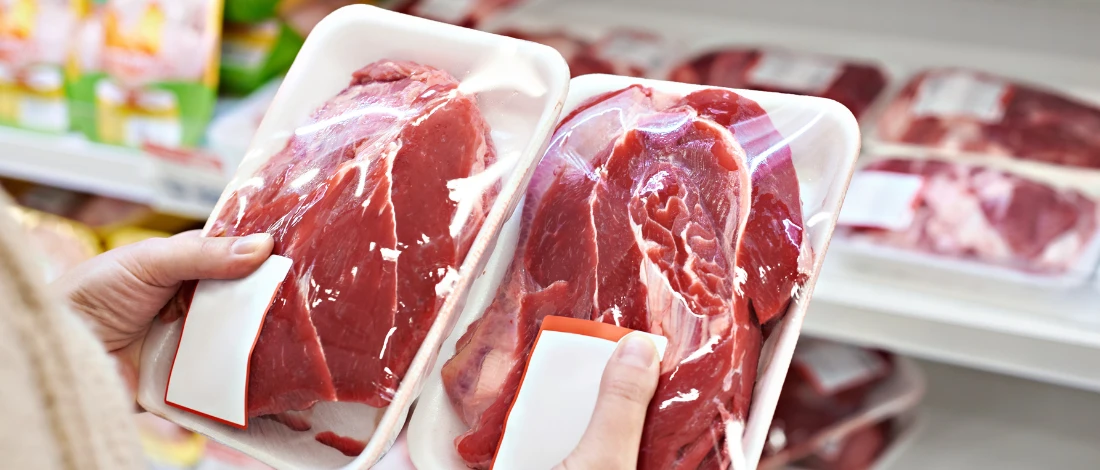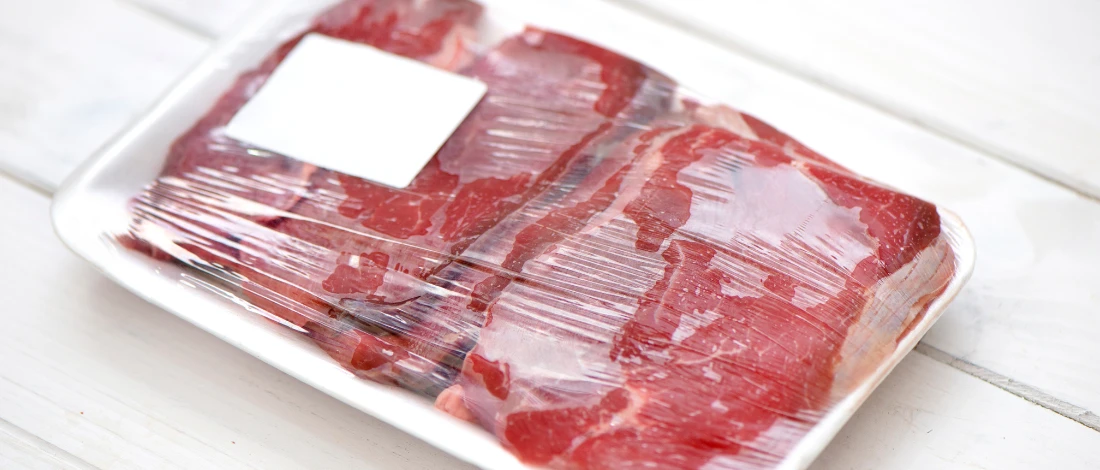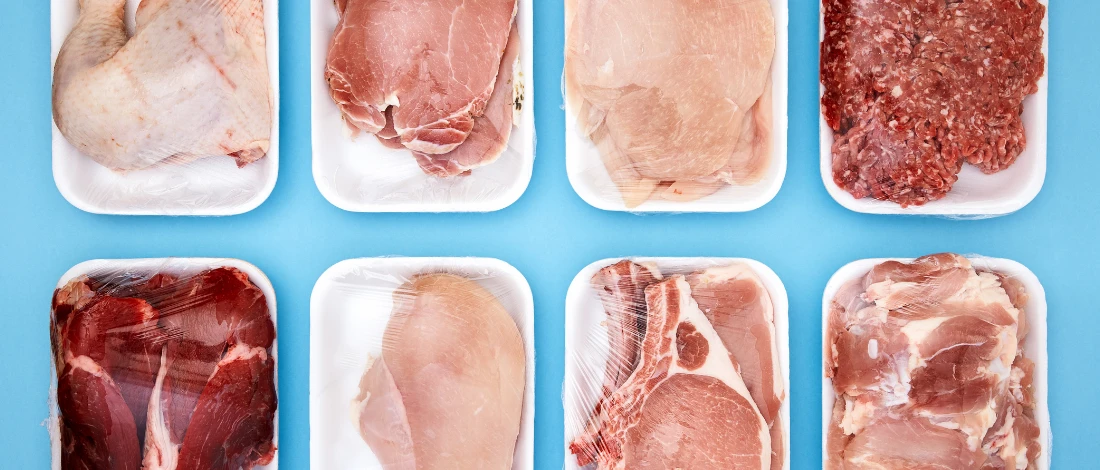We apply many labels to our food these days, and understanding what they all mean can be tricky. Nowhere is this more true than with beef. Organic, grain-fed, USDA Choice, hormone-free, antibiotic-free... the list goes on.
My favorite source for the delivery of grass-fed beef is ButcherBox. Not only is grass-fed and susatainably sourced, but it’s also antibiotic and hormone-free.
One question I get from people who are searching for the healthiest beef is if the Prime label means that it is grass-fed. I have researched the topic and here is the definitive answer.
Quick Summary
- USDA Prime beef is not necessarily grass-fed; it's a quality grade based on marbling and age, not feeding method.
- Grass-fed and grain-fed cattle can both achieve Prime grade, but grain-fed often has more marbling due to diet.
- To ensure beef is grass-fed, look for explicit "grass-fed" labeling, as USDA grades don't indicate feeding method.
USDA Beef Grades
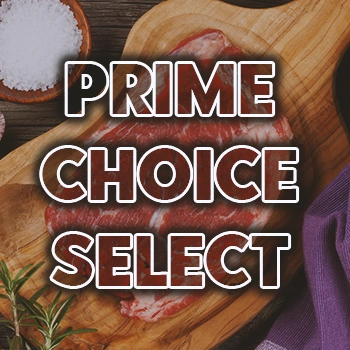
The USDA has a system for grading beef based on the meat's quality. For USDA grades, quality depends on marbling and age.
Marbling refers to the amount of intramuscular fat that is dispersed throughout the animal. It affects both the flavor and tenderness of the meat.
The more the marbling, the higher the marbling score.
The second factor, age, refers to how long the animal was allowed to mature. A younger animal will have more tender meat, while an older animal will have tougher meat. Thus, young cattle will receive a higher quality grade than older cattle.
There are eight different grades, but the three best USDA beef labels are Prime, Choice, and Select.
- Prime grade beef is of the highest quality and has the most abundant marbling. It is usually from younger animals and is, therefore, more tender. You can find Prime grade beef in a high-end steakhouse. Only 3-4% of meat gets the Prime grade.
- USDA Choice beef is of the next highest quality and has less marbling than Prime. It is usually from slightly older animals than Prime, so it may not be quite as tender, but it is still very flavorful. You can find USDA Choice grade beef in most supermarkets. Approximately 2/3 of all graded meat is labeled as USDA Choice.
- Select grade beef is the third-highest quality rating. It has the least amount of fat and is usually from older animals, so it will be leaner than the other top choices. However, it is still good quality meat. You can find Select grade beef in most supermarkets or as ground beef. Approximately 30% of meat is Select beef.
"The USDA grade shields are highly regarded as symbols of safe, high-quality American beef."
- U.S. Department of Agriculture
It is also worth noting that the USDA does not grade not all beef cattle. Although the USDA inspects all meat for safety, grading is voluntary and is paid for by the producer. Therefore, some in the beef industry choose not to grade their animals.
Read More: Choice Beef vs Prime
The Feeding of Cattle
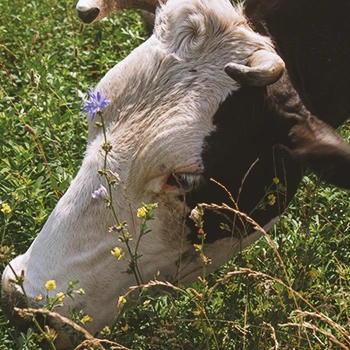
Now that we know about the different grades of beef, let's look at how ranchers can feed cattle.
First, let's look at grain-feeding. Grain-fed beef is given a diet of corn, soybeans, and other grains. This diet makes the meat more marbled, so the cows receive higher quality grades from the USDA.
However, it may also make the beef less healthy, as grain-fed beef has more fat in meat.
Additionally, grain-fed cattle are often housed in crowded feedlots, which can lead to animal health problems. These animals are also more frequently given antibiotics and hormones to prevent disease and promote growth.
For these reasons, many people prefer grass-fed meat. Grass-fed cattle are fed a diet of, you guessed it, grass.
Some producers may supplement with corn to create grain-finished beef, but the steers had the opportunity to eat only grass sometime during the animal’s life. This diet makes the steers have less marbling.
Grass-feeding is more humane because it allows the cattle to graze on grasses and roam the pasture freely.
Grass-fed beef is also more environmentally friendly, requiring less water and land than grain-feeding. It also leads to a deeper beef flavor in this naturally raised beef.
Beef Grades and Feeding
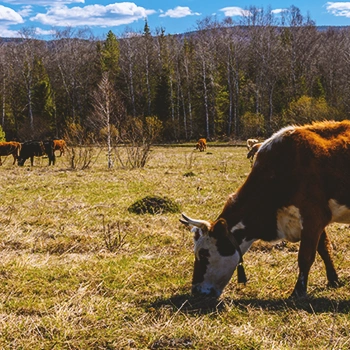
So, what do USDA grades have to do with feeding? The answer is nothing. A cow can be raised on either grass or grain and still receive the same grade.
Therefore, the answer to the question "Is all Prime steak grass-fed?" is no. The USDA grade only tells you the quality of the meat, not how the cow was raised.
If you are looking for grass-fed beef, you will need to look for a label that says explicitly "grass-fed." The USDA does not regulate these labels, so there is no quality guarantee.
However, you can often find grass-fed beef at farmer's markets, specialty butcher shops, and some grocery stores.
Because quality grading is voluntary, many grass-fed beef producers choose not to have their animals graded. However, this does not mean that the beef is of lower quality.
They realize that because their steers were not force-fed grains, the beef may have less fat marbling and, therefore, will not receive as high of a quality grade as corn-fed beef.
However, they believe the grass-fed beef flavor and health benefits are worth lower quality grades.
It is certainly not impossible for grass-fed beef to be well-marbled and receive a Prime grade, but it is less likely. The vast majority of Prime comes from corn-fed beef.
Grass-fed beef that does receive Prime grades often comes from specific dairy breeds that are known to produce more marbled meat, even when grass-fed.
For example, Angus and American Wagyu breeds have genetics that result in high levels of marbling.
So, don't just focus on the USDA grade when looking for beef. There is far more to consider than just that. Review the type of feed and the breed of the animals.
FAQs
Is Grass-Fed Beef Organic?
Grass-fed beef is not necessarily organic. That term only refers to what they fed the animal during its lifetime. "Organic" refers to how it was raised overall.
Organic beef must be fed organic forage and feed. They cannot be given antibiotics or hormones and must have access to the outdoors [1].
What Is the Difference Between Grass-Fed and Grass-Finished Beef?
The difference between grass-fed and grass-finished beef is that grass-finished beef has only been fed grass for its entire life, while grass-fed beef may have been corn-fed at some point [2].
Can You Have Grass-Fed Beef Every Day?
Yes, you can have grass-fed beef every day in almost any healthy diet. However, portion size is important. A serving of red meat is 3-4 ounces, or only about the size of a deck of cards.
Is Grass-Fed Meat Inflammatory?
No, grass-fed meat is not inflammatory. In fact, it may even help reduce inflammation in the body. This is because it contains higher levels of anti-inflammatory omega-3 fatty acids than grain-fed beef.
Is Grass-Fed Beef Easier to Digest?
Grass-fed beef is easier to digest for some people.They find that eating this type of beef can prevent symptoms like bloating, heartburn, and constipation.
Is Grass-Fed Beef More Nutritious?
Yes, grass-fed beef is often considered more nutritious because it's richer in omega-3 fatty acids, CLA, vitamins, and antioxidants and has a healthier fat profile compared to grain-fed beef.
References:
- https://grassrunfarms.com/blog/grass-fed-vs-organic-beef-difference/
- https://discover.grasslandbeef.com/blog/grass-fed-vs-grass-finished-beef/


